Unbalanced Butterfly Strategy – Option Income Opportunities
$597.00 $72.00
The Unbalanced Butterfly Strategy takes use of low-risk short-term option income opportunities. Henry considers this to be one of his favorite (and most reliable) options trading settings. Anyone interested in improving their game with this intermediate to advanced method can learn how Henry maximizes his profit potential before making a transaction.
Why should you adopt Unbalanced Butterfly Strategy?
You’ll adore how Henry built the Unbalanced Butterfly to stack the odds significantly in his favor if you desire weekly options income strategies with the possibility for windfall wins.
When the price “pins” at your aim, Unbalanced Flys can make even more money. It’s feasible to cash in on this “lottery” ticket possibility by understanding when to hold ’em.
As you can see from the AAPL transaction, a little patience was worth over 100 percent more profit…
This ONE arrangement, according to Henry, is his “bread and butter” tactic. You may learn when to employ the Unbalanced Butterfly setup with the Unbalanced Butterfly course – which will teach you everything about unbalanced butterfly options.
Let’s discover what you can get from this exclusive course
- How can you take use of the fact that an Unbalanced Butterfly is only in dangerat danger in one direction? (so you can win over and over because this strategy gives price room to breathe)
- How to actively trade an Unbalanced Butterfly even if you can’t monitor the market during the day (possibly create consistent revenue on ‘autopilot’)
- How can this method deliver constant growth and income for even modest accounts?
- Learn advanced unbalanced butterfly options strategies for increasing revenues while reducing risk (and rookie mistakes you can easily avoid when you follow a simple checklist)
Everything you need to learn Henry’s Unbalanced Butterfly strategy is included in this limited-time offer. While some options traders are thrown off by turbulent market circumstances, you’ll be familiar with Henry’s ‘Lotto Trade’ technique, which involves risking a little to possibly make a lot (and doesn’t require you to be hooked to the market).
Consider having Henry Gambell’s go-to options income approach, which he used to get consistent profits in difficult markets. In this Strategy Class, Henry reveals all of the intricacies of how he creates these low-risk settings. And how he finds a method to benefit even when the market is going in the wrong direction!
You may also obtain the recordings of Henry live trading the Unbalanced Butterfly as part of this special deal!
It’s like peering over Henry’s shoulder to see how he manipulates the odds to his advantage. These live-trading recordings show you how Henry recognizes and implements this technique in real-time market situations. This is the most effective approach to put what you’ve learned in option income strategies class into practice.
Have a quick look into the profile of the creator of Unbalanced Butterfly Strategy
Henry Gambell started his job as an IT professional with a gambling addiction, which led him to John Carter’s door one fateful day in 2010. John noticed the potential trader within him after witnessing his calm demeanor. He made the decision to teach Henry his trade. Henry quit his job and joined John in what was then the nascent stages of a firm run from an apartment. They founded Simpler Trading, and Henry contributed to Carter’s book “Mastering the Trade,” which was published in its second edition. Henry is now Simpler Trading’s Vice President and Lead Content Provider.
What is the edge of Unbalanced Butterfly Strategy?

Unlike a regular butterfly, where your maximum loss is restricted to the amount you paid, an imbalanced butterfly’s risk is limited, but potentially considerably more. Consider the following scenario as an illustration:
Consider OTM butterfly trades on stock XYZ, which is now trading at $115 a share. Maybe you’re bearish and think there’s a good chance the stock can settle around $95 per share at expiration. So you decide to buy the 100-95-90 put butterfly with a two-month expiration date.
Assume you can place this transaction for a seven-cent debit, commissions excluded. That may not appear to be much. However, you’re requesting a price goal that’s $20 below the current stock price. While the stars may align in your favor and the stock may end up at $95 at expiration, the trading gods are more likely to keep your seven cents and leave you with nothing.
What if you switched from a net debit to a net credit trade? You “skip” a strike and trade the 100-95-85 instead of the 100-95-90 put fly? It turns out that, after commissions, the deal may be completed for a net credit of two cents. This may not appear to be a significant issue. Getting your two pennies’ worth on a deal that has a high chance of not attaining its maximal profit potential, on the other hand, may be a reasonable compromise.
Even if you put on the imbalanced butterfly as a single trade, thinking of it as a butterfly plus a short vertical can assist. That way, you can keep an eye on the price of that additional short vertical and maybe sell it for a profit while keeping the butterfly on.
Be the first to review “Unbalanced Butterfly Strategy – Option Income Opportunities” Cancel reply
You must be logged in to post a review.
Related products
Forex & Trading
Forex & Trading
Forex & Trading
Forex & Trading
Forex & Trading

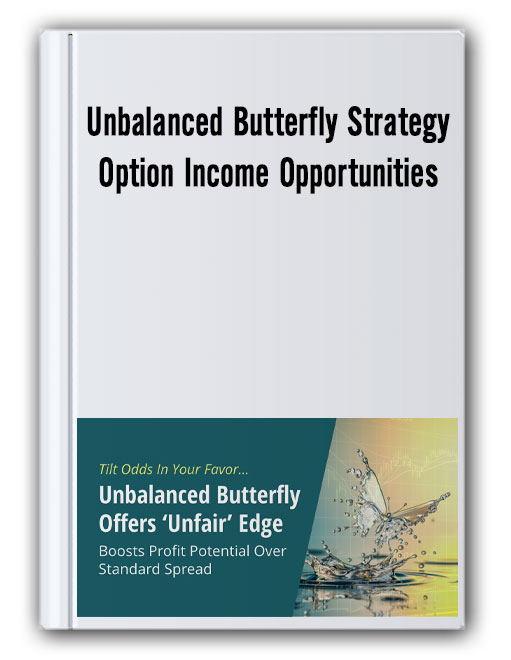

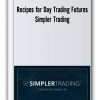
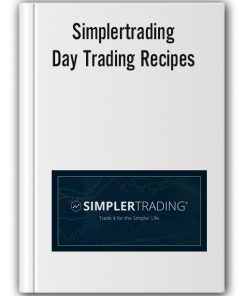
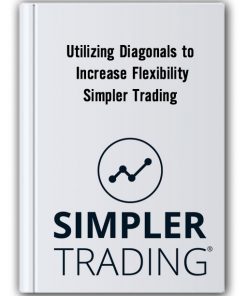
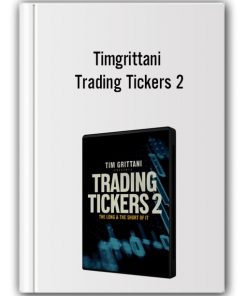




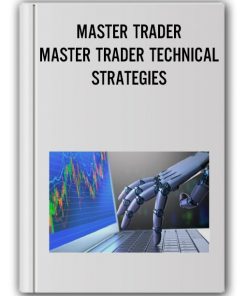
Reviews
There are no reviews yet.